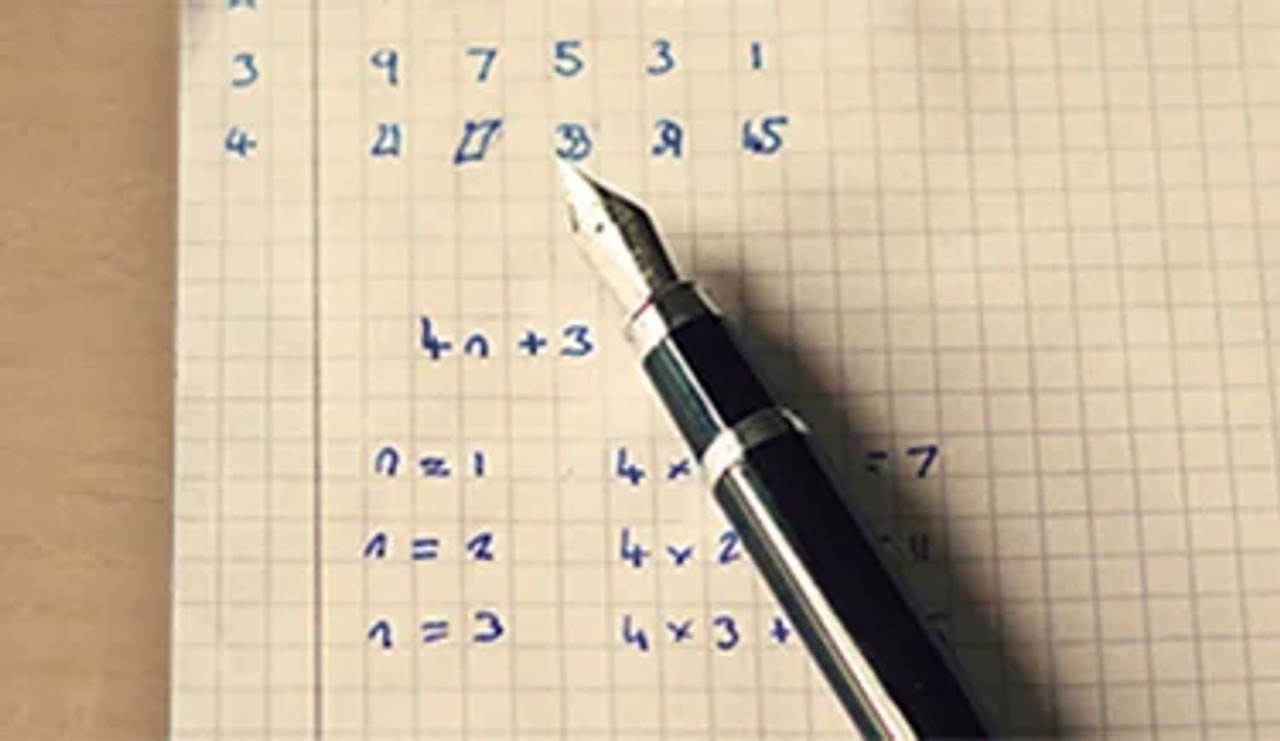
$79
Plus membership
NA Credits
All courses include:
eTextbooks
2 to 3-day turnaround for grading
Multiple chances to improve your grade
On-demand tutoring & writing center
Student support 7 days a week
$79
Plus membership
NA Credits
All courses include:
eTextbooks
2 to 3-day turnaround for grading
Multiple chances to improve your grade
On-demand tutoring & writing center
Student support 7 days a week
Introductory Algebra
$79
Plus membership
NA Credits
About This Course
Introductory Algebra is a college prep course that will teach you the basics of algebra. Relatable, real-life scenarios are used to teach difficult concepts and topics.
What You'll Learn
Communicate using the appropriate mathematical vocabulary and notation.
Perform operations with real numbers, fractions, decimals, and percentages.
Evaluate arithmetic and exponential expressions, algebraic expressions, and equations.
Translate word problems into algebraic expressions and vice versa.
Use the order of operations and the properties of real numbers to simplify algebraic expressions.
Solve and graph linear equations and linear inequalities.
Solve word problems involving formulas and linear equations.
Graph lines in the coordinate plane and determine the slope and intercepts of a linear equation.
Solve a system of linear equations by using the graphing method, substitution method, and the addition method.
Perform operations including factoring techniques with polynomials.
Use various factoring techniques.
Solve equations with rational expressions.
Perform operations including solving equations with radicals and exponents.
Solve quadratic equations.
Define the Pythagorean theorem and apply it by solving quadratic equations.
Evaluate functions and use function notation.
Read and interpret graphs.


Your Life, Your Schedule, Your Education
Transfer into over 3000+ institutions that accept ACE courses or transfer directly into 180+ partner schools.
request information
This course will focus on the basics of algebra, including math vocabulary and notation, operations with numbers, fractions, decimals, percentages, and quadratic equations. You will also learn to read and interpret graphs during our Introductory Algebra online course.
There are no prerequisites to take Introduction to Algebra.
| Topic | Subtopics |
|---|---|
| Pre-Algebra Review |
|
| The Real Numbers |
|
| Operations with Real Numbers |
|
| Properties of Real Numbers |
|
| Solving Linear Equations in One Variable |
|
| Applications of Linear Equations and Linear Inequalities in One Variable |
|
| Polynomials |
|
| Factoring |
|
| Rational Expressions |
|
| Powers and Roots |
|
| Quadratic Equations |
|
| Linear Equations in Two Variables |
|
| Systems of Linear Equations |
|
| Functions and Interpreting Graphs |
|
Your score provides a percentage score and letter grade for each course. A passing percentage is 70% or higher.
Assignments for this course include:
- 4 Graded Exams
- 1 Graded Midterm
- 1 Graded Final
The required eTextbook for this course is included with your course purchase at no additional cost.
Messersmith, Sherri, et al. Introductory Algebra with P.O.W.E.R. Learning, 2nd edition. McGraw-Hill, 2018. ISBN 9781259610264
Introductory Algebra students also take:
Helpful resources:







